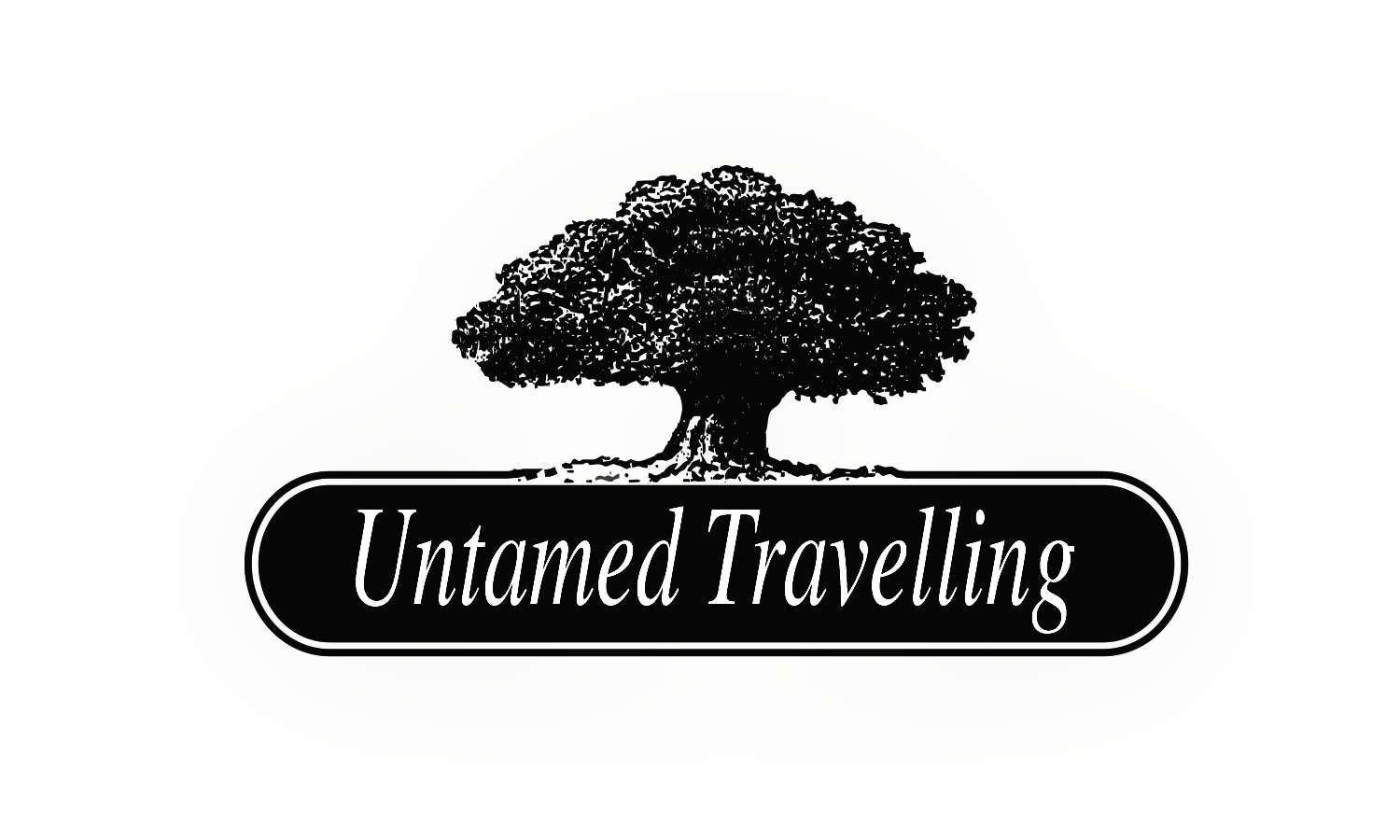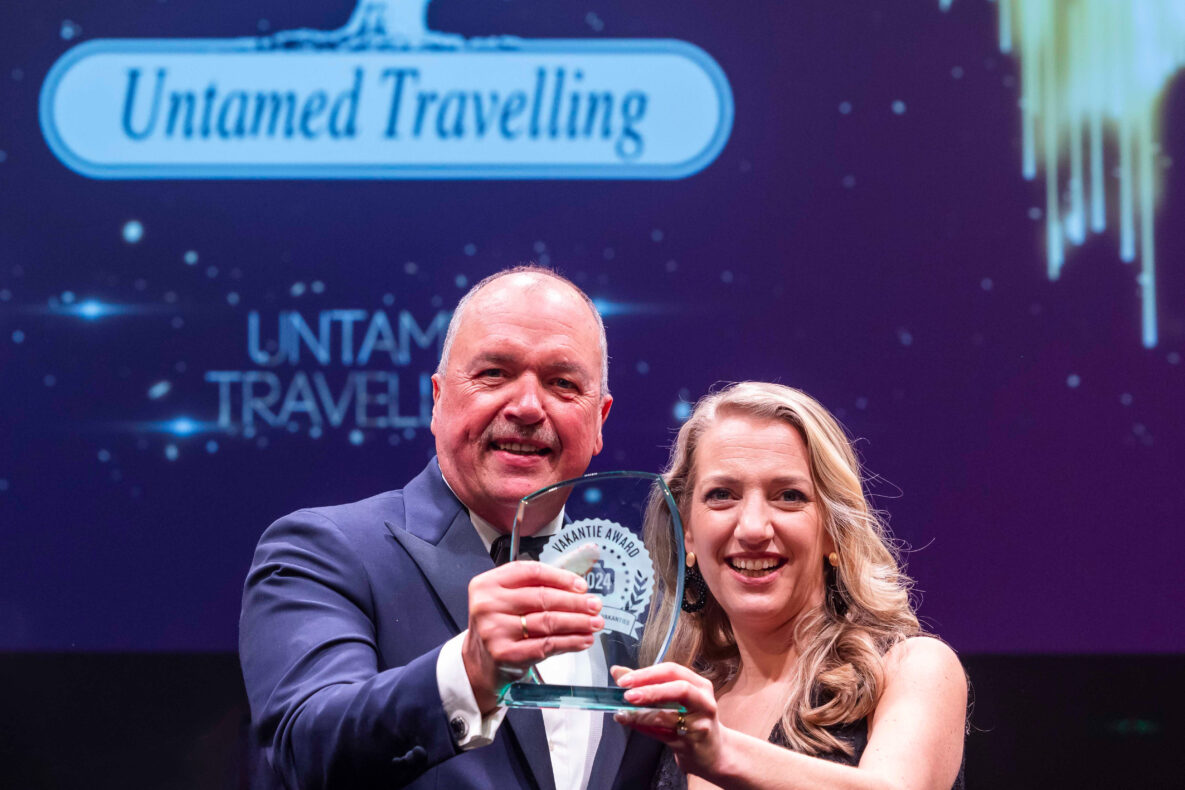Exciting, romantic, passionate, sensual, seductive… The Argentine Tango.
The Argentine Tango was born more than a hundred years ago in Buenos Aires and Montevideo. Poor immigrants made music and music traditions from Italy, Spain and Eastern Europe mingled with native South American music. Originating in the working-class neighbourhoods and slums, tango was increasingly welcomed by the well-off classes. But the real popularity of tango could only arise when a tour of Europe was organized for a few orchestras and dancers. Tango became hugely popular in many European capitals in the years 1915-1920. From the tango as it sounded at that time and as it was danced the ballroom-tango was born, the tango that is now danced in the dance schools.
In the heyday of Argentine tango, so in the 1930s -1950s, in Buenos Aires danced on, a random Saturday night thousands of people tangoed in clubs and football stadiums. And there were a lot of orchestras playing, each with their own style. Tango is really a folk dance, but a folk dance from the big city…
With the rise of the jukebox and English and American rock & roll and pop music, tango became less popular. After all, orchestras were no longer needed, and that American music was much more exciting… Moreover, during the repression, the Argentine government issued all kinds of bans on co-education, and the tango became “tainted” with all kinds of political ideals and views.
Many Argentinian refugees, for example in Paris, made tango a renewed way to maintain ties with their homeland. For example, they combined tango with jazz, which resulted in beautiful music. That, as well as a general broader interest in all kinds of non-Western music, sparked interest around the world for Argentine tango as a dance form again. Meanwhile, millions of people around the world dance tango, from Cape Town to Helsinki and from Tokyo to New York and Istanbul.


In the meantime, tango is back to the young and old in Buenos Aires. In addition to traditional milongas with music from the 1930s-1950s, there are also hiper dance clubs with beautiful young dance couples and electronic tango. Every year, many dancers from all over the world visit the city of Tango to learn, behold, experience the nostalgia and of course to dance with the Argentines.
The tango is so beautiful and fascinating, because the dance is basically completely improvised (as opposed to the ballroom tango) and the music drags you along. That makes it exciting to learn. We can organise tango lessons at your level in Buenos Aires or stay in a tango hotel in San Telmo (Mansion Dandi Royal). We would also like to invite you to a lecture with musical accompaniment about the history of tango. Nice is to visit a real “milonga”. The milonga is the place where the porteños (residents of Buenos Aires) go dancing; often there is an orchestra, there is a singer or there are dance performances. You can dance here yourself and learn the codes and secrets of tango, for example the “cabaceo” (the main nod). The “cabaceo” is the way to ask someone to dance; the man nods, the woman looks and tunes or looks away.
Get warm? Check out our trip Hot Spot Buenos Aires












